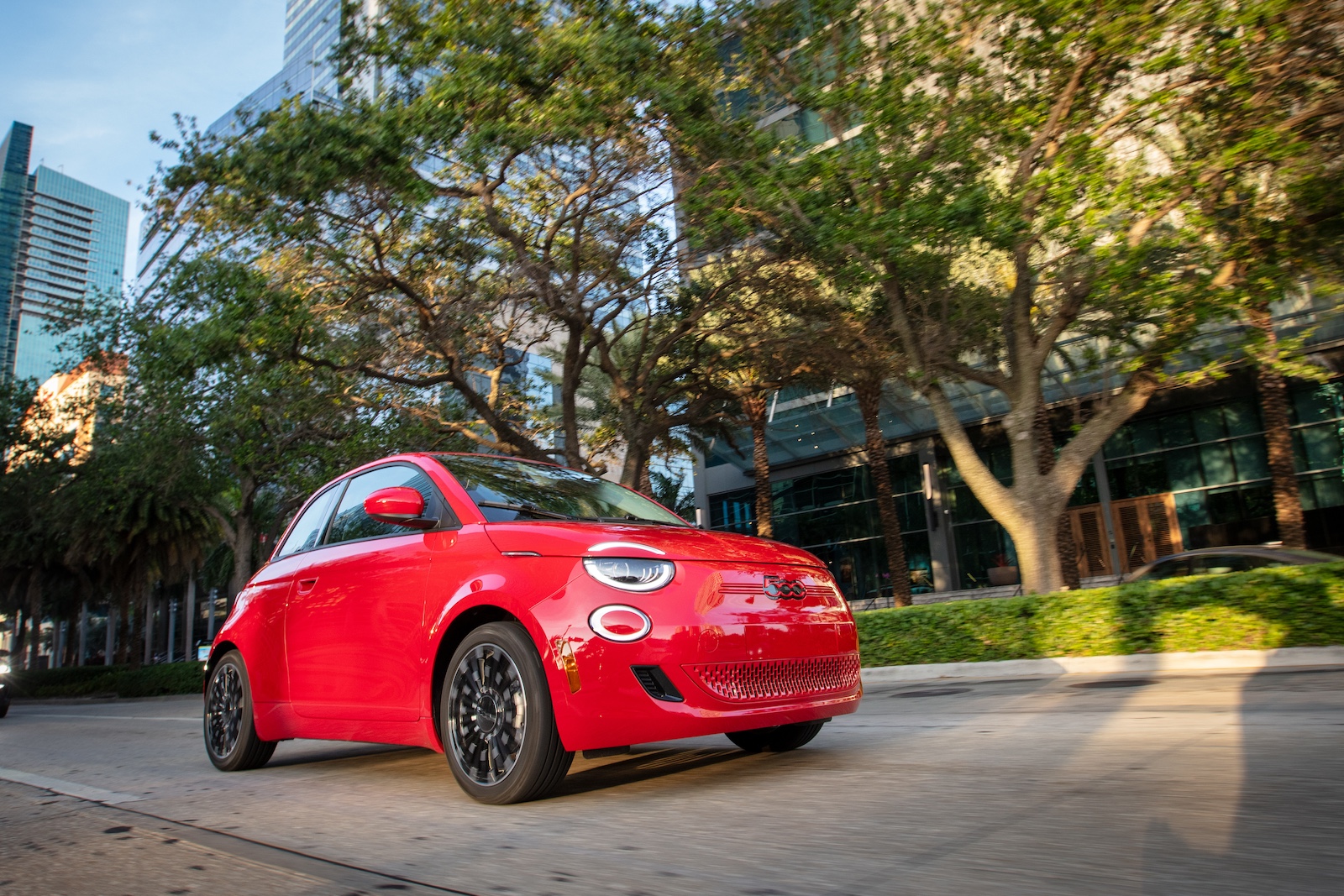
During this year’s Investor Day event, Tesla shared a picture of a vehicle parked on top of a wireless charging platform in a garage, hinting that the company may be looking to head in that direction. Now, Tesla has officially acquired a wireless charging company based in Germany, which could have major implications for the future of its vehicle charging efforts.
 A Tesla Model Y (Image: Casey Murphy / EVANNEX). A Tesla Model Y (Image: Casey Murphy / EVANNEX). |
Tesla has acquired German wireless charging company Wiferion, as reported this week by Teslarati and a number of other outlets. The news comes after the acquisition was rumored in June, initially being reported by German publications. Then, a confirmation came this week following the public filing in Germany, in which Wiferion wrote that the company would be selling to Tesla International BV — the automaker’s Netherlands-based engineering subsidiary.
“The shareholders intend to sell their shares in the company to Tesla International BV by means of a purchase agreement,” Wiferion wrote in a public filing.
According to Teslarati based on reports from TeslaMag, the acquisition has officially been completed, and the update can already be seen on Wiferion’s website. Following the deal, the website’s footer now reads “©Tesla Engineering Germany GmbH 2023 – Alle Rechte vorbehalten,” the final statement of which means “All Rights Reserved” in German.
Wiferion last year made a licensing deal with WiTricity, a company that used a Tesla Model 3 to promote its wireless charging technology. The licensing deal officially allowed Wiferion to enter the U.S. and North American markets overall.
Along with Wiferion, a number of other companies have attempted to begin developing their own wireless charging platforms for electric vehicles, notably including U.S.-based company WAVE Charging. WAVE expressed plans in the past to create a wireless charging platform specifically for the Tesla Semi, as well as other commercial-sized vehicles.
It’s not yet clear how or when Tesla plans to begin deploying Wiferion’s wireless charging technology, though we can assume that it will be used for its vehicles at some point in the future. Additionally, many outlets have reported that the wireless charging system could be used to autonomously charge Tesla’s Optimus robots, which CEO Elon Musk has said will begin working in the automaker’s factories as soon as next year.
Still, it’s also not clear whether Tesla will use the wireless chargers at its Supercharger stations, as home charging equipment, or at other locations entirely. While the equipment is considered to wirelessly charge vehicles at a fast rate, it also seems unlikely that the hardware could be as efficient as Tesla’s wired equipment at Superchargers.
In any case, a future of wireless charging likely comes as a warm welcome for Tesla users, even if it may still be years before the hardware is publicly deployed.
Article from EVANNEX.
I don’t like paywalls. You don’t like paywalls. Who likes paywalls? Here at CleanTechnica, we implemented a limited paywall for a while, but it always felt wrong — and it was always tough to decide what we should put behind there. In theory, your most exclusive and best content goes behind a paywall. But then fewer people read it! We just don’t like paywalls, and so we’ve decided to ditch ours. Unfortunately, the media business is still a tough, cut-throat business with tiny margins. It’s a never-ending Olympic challenge to stay above water or even perhaps — gasp — grow. So …


_Logo.jpg)

